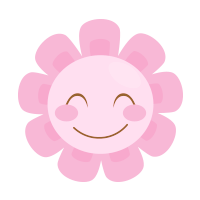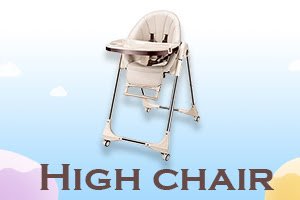How to Recognize Babies’ Sleep Signals

One of the nicest presents you can give to your kid (and yourself) is a healthy and consistent sleep routine. Sleep is a vital component of our health, as it ensures that many of our systems are operational. Keeping your baby awake for long periods of time will not result in them sleeping for greater lengths of time. In fact, it has the opposite effect!
As a result, one of the first things I recommend parents do with their newborn is study the baby’s sleep signals (or sleep cues)! This is a crucial step in assisting children in figuring out how to sleep! You can help optimist the optimal window for putting your baby down for a nap or bedtime if you know what to look for.
What exactly is a sleep cue (also known as a sleep signal)?
A sleep cue is a signal given by your infant when he or she is sleepy and needs to nap soon, or when you’ve missed the optimal sleep window. The three stages of sleep cues are listed below. Remember that your baby’s sleep cues may or may not be included in this list. When it comes to expressing weariness, each infant is different, but it will be constant the majority of the time.
Examine those signs of exhaustion once more. Don’t they appear strangely similar to what babies do when they’re hungry? The wailing, sobbing, and clenched fists. All of these are signs of a hungry newborn.
Give it a go!
If your baby is appearing hungry but hasn’t eaten in the last two hours and it’s been a while since their last nap, attempt to get them to sleep before feeding them again.
If you only offer sleep when your baby is unhappy and crying, you’ve definitely missed your ideal sleep window and are dealing with an overtired child. As a result, it’s tough to fall and stay asleep.
Why is it critical to put them down before they become exhausted?
When your baby’s body and brain need sleep and send out sleep signals, that’s precisely what they’re expecting. When you don’t get enough sleep, your brain assumes your body is in danger and that you’ll need help staying awake and “fighting off danger.” This is when the stress hormone Cortisol begins to circulate throughout the body. This hormone will cause your infant to become more alert and stay alert. As a result, we’ll have a hard time falling asleep once we get to this phase.
Looking for Sleep Indications
Determine your baby’s ideal wake window range by age using the chart below. I suggest starting with the shortest amount of time provided for their age and progressively increasing if necessary.
Keep a tight check on your kid and the clock once you’ve determined their appropriate wake window. Pay attention to what your infant is doing as their wake window approaches the end.
Do they seem to be quieting down? Moving at a slower pace? Do you find yourself staring off into space?
If you answered yes to any of these questions, let’s get the nap time or bedtime routine underway! This is the best time to put your infant to bed.
Your infant is past the wake window time if they are fussing and acting angry and upset. At this stage, you should expect it to be difficult to fall asleep.
In any case, keep track of how long it took and how the infant was behaving. Continue to use the wake window time if you caught the baby in the first stage of sleep cues.
If you catch your kid in the second or third stage of sleep cues, move your wake window 5-10 minutes earlier the next time.
Check out the wide range of baby products online India from StarAnddaisy.in

























Leave a Reply
View Comments